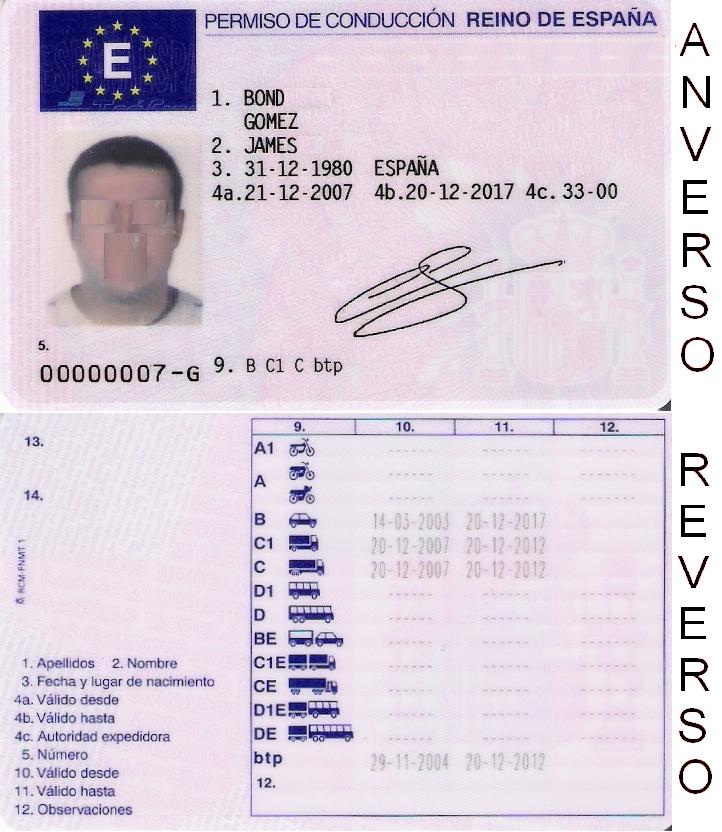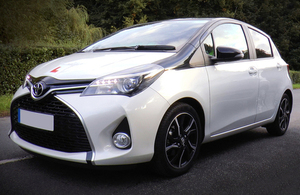고정 헤더 영역
상세 컨텐츠
본문
Noise Barrier Design HandbookTable of ContentsHome Preface Acknowledgments References 1. Introduction 2. Terminology 3. Acoustical Considerations 4. Noise Barrier Types 5. Noise Barrier Materials and Surface Treatments 6. Noise Barrier Aesthetics 7.
Drainage and Utility Considerations 8. Structural Considerations 9. Safety Considerations 10.

Product Evaluation 11. Installation Considerations 12. Maintenance Considerations 13. Cost Considerations 14. Barrier Design Process 15. Assessing Barrier Effectiveness 16. Tools to AssistPrefaceThe U.S.
Department of Transportation, Research and Special Programs Administration, John A. Volpe National Transportation Systems Center (Volpe Center), Acoustics Facility, in support of the Federal Highway Administration (FHWA), Office of Natural Environment, has developed the updated 'FHWA Highway Noise Barrier Design Handbook.' This document reflects substantial improvements and changes in noise barrier design that have evolved since the original 1976 publication. This Handbook, which is accompanied by a videotape and a companion CD-ROM, addresses both acoustical and non-acoustical issues associated with highway noise barrier design. The objectives of this document and accompanying video and CD-ROM are to provide: (1) guidelines on how to design a highway noise barrier that fits with its surroundings and performs its intended acoustical and structural functions at reasonable life-cycle cost; and (2) a state-ofthe-art reference of common concepts, designs, materials, and installation techniques for theprofessional highway engineer, the acoustical and design engineers and planners, and the nonprofessional community participant.
This handbook may also be used as a guide for other applications such as noise barriers used to attenuate noise from rail lines, as well as noise from other sources which are not necessarily found in transportation. Every effort has been made to address common designs, materials, and installation techniques. However, it is impossible to encompass the proliferation of new concepts and materials entering the market on a daily basis. Therefore, the specific descriptions in this handbook are not to be considered all-inclusive, and are not intended to limit the creativeness of the designer, manufacturer, and construction contractor.
The Official Mto Driver& #39 S Handbook Online Testing

Any new theory, design, material, or installation technique not addressed in this handbook should be evaluated with the general fundamentals of durability, safety, and functionality in mind.AcknowledgementsThe U.S. Department of Transportation, Research and Special Programs Administration, John A. Volpe National Transportation Systems Center (Volpe Center), Acoustics Facility, in support of the Federal Highway Administration (FHWA), Office of Natural Environment and Planning, has developed the updated 'FHWA Highway Noise Barrier Design Handbook.' A special thanks go to Rudy Hendriks of CALTRANS, Win Lindeman of Florida DOT, and Ken Polcak of Maryland State Highway Administradon, Domenick Billera of New Jersey DOT, Bill McColl of New York DOT, and Jim Byers of Pennsylvania DOT for reviewing the draft document and providing their invaluable insight and comments. In addition, the information provided by the FHWA, State Transportation Agencies, and individuals contributed to ensuring the accuracy and level of detail of the final document. The authors are grateful to the following individuals for their support and timely commentary: Agency/Company Bowlby and Associates, Inc CALTRANS Carsonite International Location Brentwood, TN Sacramento, CA Richmond, VA and Citrus Heights, CA Denver, CO Colorado DOT Concrete Placementt Systems Chantilly, VA Austin, TX Concrete Solutions Inc. Connecticut DOT Durisol Florida DOT, District 4 Florida DOT, District 6 Florida DOT, Central Office Industrial Acoustics Newington, CT Hamilton, ON, Canada Ft.
Lauderdale, FL Miami, FL Tallahassee, FL Bronx, NY Contact William Bowlby Rudy Hendriks Paul DuBay and Paul Schubring Makeba Adesunloye Bob Glasgow Wendy Bucher and Boone Bucher Carmine Trotta Hans J.
. Paper versions of class G1 knowledge tests are offered in the languages shown above with the exception of Armenian, Farsi, Turkish, and Urdu. Computerized class M1 knowledge tests for motorcycles are offered in the following 20 languages. Paper versions of class M1 knowledge tests are offered in English and French only. Computerized commercial knowledge tests are available in English and French only. Paper versions of the commercial knowledge tests are available in English, French, Arabic, Chinese (Cantonese), Hindi, Punjabi, Russian and Tamil only.
G1 Practice Test Signs and Rules. Get a G driver’s licence: new drivers:.
If you are at least 16 years old, you can apply for driver’s licence in Ontario.To apply for a driver’s licence in Ontario, you need to:. be at least 16 years old. pass an eye test. pass a written test about the rules of the road and traffic signsOnce you pass these tests, you get a G1 licence.
You are considered a beginner driver and need to practice driving and gain experience over time.Where to apply. a DriveTest centre or. the ServiceOntario College Park location in downtown TorontoStudy for the knowledge testOntario’s Official Driver Handbook will help you prepare for your written knowledge test. It covers rules of the road and practical driving tips. You can buy the handbook:.
online through ServiceOntario. at a DriveTest centre. from many retail storesCost: $14.95 plus taxesStudying for the Test.
Questions on the knowledge test are based on the official driver’s handbook for the class of licence you want. While there is a partial version of the handbook on the MTO website, we recommend purchasing or borrowing a printed copy of the driver’s handbook to study. A Beginner Driver Education (BDE) course that has been approved by MTO can also teach you the skills and attitudes you need to be a safe and responsible driver. These courses are optional. However, if you choose to enroll, we recommend reviewing the MTO-approved driving schools on the MTO website.Sources.




